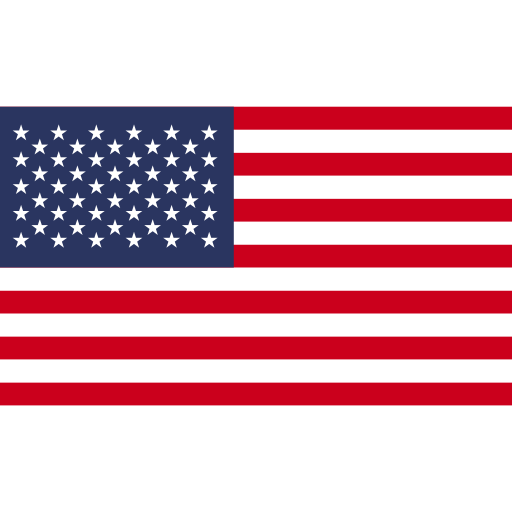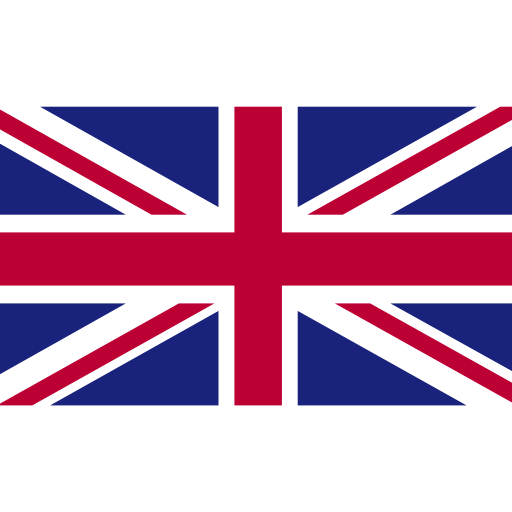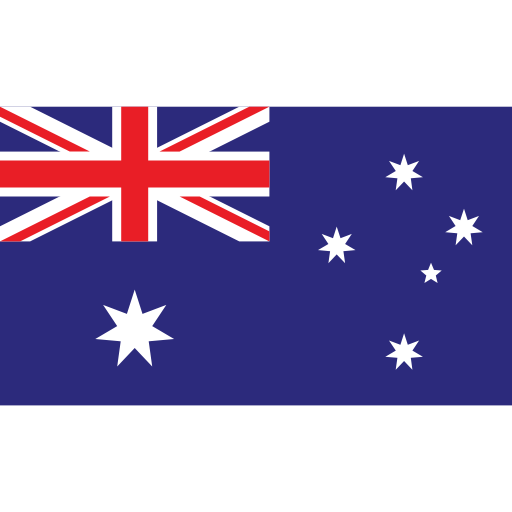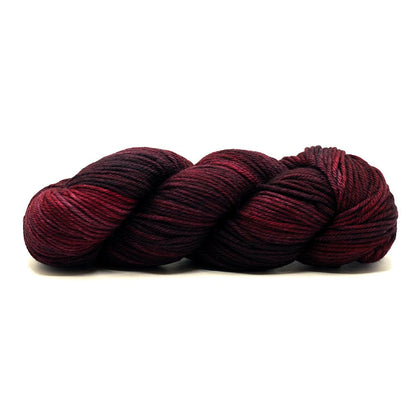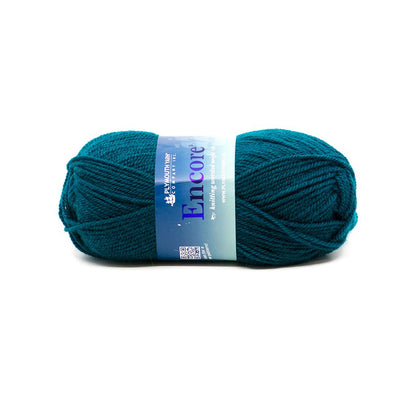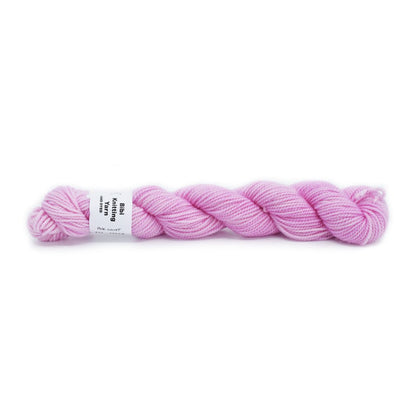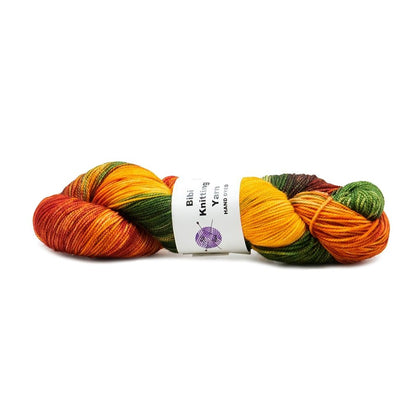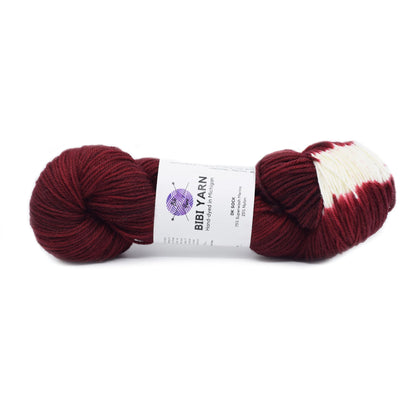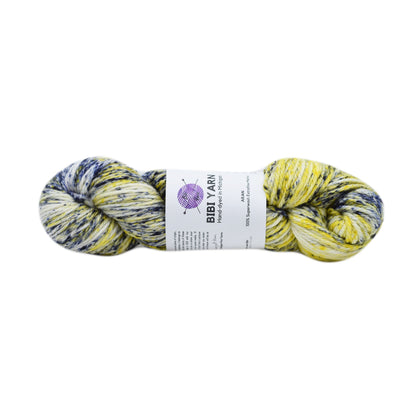How To Read Yarn Ball Bands

If you stop to take a look at the ball band around your next skein of yarn (to look at more than the price!), it identifies a ton of great information about what you’re holding. With so many yarn options out there, it pays to know what you’re purchasing! Reviewing the ball band can help make sure you get exactly what you need for your next project.
Each company does their labeling a little differently. Some will have the full complement of facts and some will only have the basics. We’ve reviewed the most common attributes below.
- Name - Most companies aren't going to name their yarns simply by their fiber content, although some do! Instead, they will have a nickname for each yarn type.
- Company Information - Each yarn company will have their name and/or logo on the ball band. Many also include information such as their website, location and social media accounts.
- Number/Colorway - Some brands identify their colors by a number, a name, or both! When there are multiple blues for instance, be sure to check a coordinating number to verify you're ordering or picking out balls of the same shade.
- Dye Lot - If you're buying multiple skeins or balls of yarn for a project, it is wise to purchase products from the same dye lot. Having the same lot number will reduce the chance of a noticeable line when you change skeins.
- Fiber Content - The fiber content tells you the percentage of fiber or fibers the yarn is made from.
- Yarn Origin - With so many variations, especially in wools, you may see companies indicate where their fiber came from. For example, there are British wools and Scottish wools. If an American brand, you may see a state indicated.
-
Yarn Weight - Most labels and ball bands will either write out the weight of yarn or use the Craft Yarn Council symbols shown here. You'll see everything from Size 0 - Lace weight to Size 7 - Jumbo!

- Weight of Ball - Not to be confused with the weight of the yarn, the ball weight is an indicator of how much yarn is in the ball. It helps ensure that each ball or skein contains the same length of yarn.
- Knitting/Crochet Gauge - Whether with icons similar to what you see below or simply written out in text, ball bands will have recommended knitting and crochet gauges. For this example, we’re at 14 stitches by 20 rows for knitting and 10 stitches by 12 rows for crochet.

- Needle/Hook Size - Tool recommendations work with the indicated gauge. A 6mm hook or needle is recommended for the example shown above, but you may need a different size to get the proper gauge for your project.
- Length of Yarn - An important figure when planning a project is the length of yarn in each ball. You'll want to have enough yarn to complete the project comfortably so you aren't stressed about running out of yarn near the end of the project!
- Washing Instructions - Caring for your handmade items is critical for their longevity. You’ll see a number of different symbols like those shown here for how to wash, dry and press your projects. We also have an article on taking care of your handmade items, including a list of symbols you can print out!
- Processing - While not all yarns go through specialized processing methods, some will indicate these on their label. Common examples are mercerized cotton and superwash wool.
- Bonuses - Some yarn brands, especially larger companies, include extras on their labels. You may see that some print ruler measurements along the edge, while others have basic patterns printed on the back of the band. These additions make labels even more valuable!
We encourage you to keep a journal of your projects with the ball bands. This makes a handy reference tool later on, and is a fun way to go back and see all the projects you’ve made!
Are you ball band savvy? What information do you always look at before buying your yarn? Did this post teach you something you didn’t know, or did you learn something the hard way? We’ve all been there, so share your “ah ha!” moments below!
Sources:The Knitter’s Book of Knowledge
Craft Yarn Council
